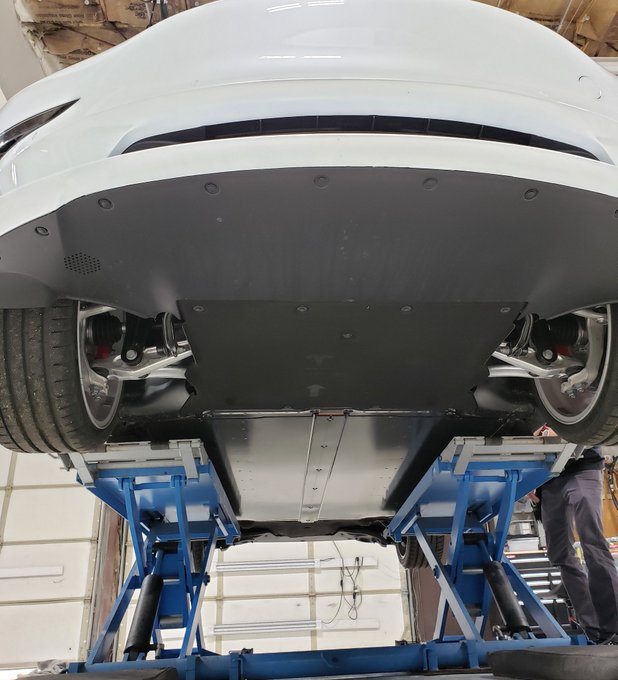Hi all – I looked at Tesla's recommended maintenance for the Model 3, and all it talks about is the cabin air filter, tire rotation/balance, "testing" the brake fluid every two years (not sure if that's a formal thing with a machine, or a Mark 1 Eyeball test), and one other thing I can't remember. There was no mention of lubrication. (There's no talk of normal brake pad and rotor service because the regenerative braking dramatically reduces pad wear – they should last several years.)
I'm guessing it has some kind of sealed lube deal like a lot of modern cars? There's nothing to grease? How long are those sealed deals expected to hold up? What happens when it's time to change the grease – is it a very technical thing that only a shop would have the tools to do? (I assume the grease life is 100,000 miles or so, like the sealed ATF on new cars, and the coolant.)
I also assumed that the key difference between normal cars and EVs was the motor and fuel, but that the undercarriage would be essentially the same. Now that I think about it, I'm not so sure. For one thing, is there a drive shaft of the sort we usually see? In EVs that have one motor, I don't think it's ever located anywhere but at the wheels it powers. In EVs with two or more motors, I think it's the same – the motors are lined up with the wheels they're moving. (Some EVs have, or will have, more than two motors – in those cases, I think two motors on one axle each drive one wheel.)
What are the lube implications for EVs? Are there typical lube points that don't exist on EVs because of their mechanical differences from regular cars? For example, they don't usually have transmissions, at least not multispeed ones – there's just one gear.
Thanks.
I'm guessing it has some kind of sealed lube deal like a lot of modern cars? There's nothing to grease? How long are those sealed deals expected to hold up? What happens when it's time to change the grease – is it a very technical thing that only a shop would have the tools to do? (I assume the grease life is 100,000 miles or so, like the sealed ATF on new cars, and the coolant.)
I also assumed that the key difference between normal cars and EVs was the motor and fuel, but that the undercarriage would be essentially the same. Now that I think about it, I'm not so sure. For one thing, is there a drive shaft of the sort we usually see? In EVs that have one motor, I don't think it's ever located anywhere but at the wheels it powers. In EVs with two or more motors, I think it's the same – the motors are lined up with the wheels they're moving. (Some EVs have, or will have, more than two motors – in those cases, I think two motors on one axle each drive one wheel.)
What are the lube implications for EVs? Are there typical lube points that don't exist on EVs because of their mechanical differences from regular cars? For example, they don't usually have transmissions, at least not multispeed ones – there's just one gear.
Thanks.

